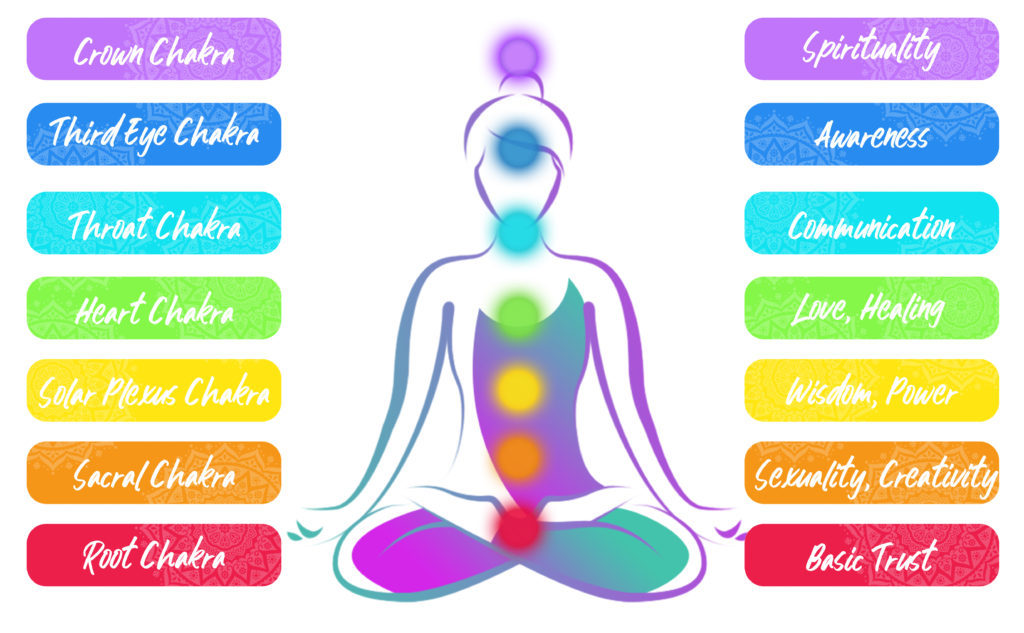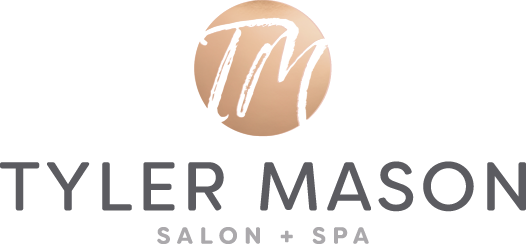What to expect from your Reiki spa service.
by: Tammie Baker (owner – Tyler Mason Salon Spa)
When massage therapist Libby Carter came to us wanting to add Reiki to our list of services, I admit I was skeptical. She explained that Reiki was a Japanese technique for stress reduction and relaxation; an alternative healing technique based on the principle that the therapist can channel energy into the patient by means of touch, to activate the natural healing processes of the patient’s body and restore physical and emotional well-being.
It piqued my interest, of course, but I couldn’t imagine how Reiki, a basically hands-off technique could be half as relaxing as a massage. This girl loves her weekly massage, an hour to forget my never-ending to do list, a chance for my tight neck and back muscles to receive some tender loving care. Like a lot of women, I have fibromyalgia, an auto-immune disease that causes widespread muscle pain and tenderness, fatigue and sleep problems. Fibromyalgia affects each person uniquely, and its “triggers” can differ greatly from person to person.
Like all of the services we add to our menu here at Tyler Mason, I scheduled a Reiki session with Libby to be her “model”; a definite perk to my job! She had me lie on the massage table, fully clothed. I did take off my shoes and had a light blanket laid gently over me. Libby then placed a small crystal (see below for more info on crystals) on my chest and another on my lower stomach. As I closed my eyes and concentrated on my breathing, she placed her hands lightly on my head, shoulders, legs and ankles using different hand shapes, for between 2 and 5 minutes each. Libby explained later that the hands are placed over the different areas of the body called Chakras, which are the concentrated energy centers of the body (more on Chakras in a minute). If there is a particular injury, such as a burn, the hands may be held just above the wound. While the practitioner holds their hands lightly on or over the body, the transfer of energy takes place. During this time, the practitioner’s hands may be warm and tingling. Each hand position is held until the practitioner senses that the energy has stopped flowing. When the practitioner feels that the heat, or energy, in their hands has abated, they will remove their hands and may place them over a different area of the body.
What it feels like during a Reiki session…deep relaxation. Because the body is not touched like in a massage, I focused not on touch, but on breathing and promptly fell asleep. I awoke to Libby telling me the session was over and to take my time getting up. I didn’t feel groggy, or sleepy, but warm, deeply relaxed and content. It felt like I had slept all night but in reality, it was only 30 minutes. Libby was able to tell me she felt an “energy block” in my Sacral Chakra which correlates to the reproductive organs, bladder and spleen. Oddly enough, that evening before bed I experienced menstrual-like cramps (which I haven’t felt since going through menopause). After 2 ibuprofen and a good night’s sleep I woke up feeling refreshed and cramps were gone. I’m not sure the explanation for the cramps, but Libby’s thought was the chakra’s blockage needed help and was now cleared. When a chakra is not functioning properly or if it is blocked, illness is more prone to occur. Our wellbeing on all levels can affect and is affected by the chakras. I’m anxious to have a follow up session to see if that’s the case!
Tyler Mason is now offering Reiki in our massage department with Libby Carter, Level 2 Reiki practitioner. Reiki is a simple, natural and safe method of self-improvement that everyone can use to aid in relaxation, assist in the body’s natural healing processes, and develop emotional, mental, and spiritual well-being. Add an additional 15 minutes to your regular massage for only $20, or schedule a full 45-minute Reiki only session for $60.
More on Crystals and Chakras
Crystals carry certain energies and when they interact with our individual energy fields, or chakras, they work to connect the physical and spiritual elements of our body, boosting our wellbeing, harmonizing our energies, and help to speed up the natural healing process.
There are 7 major Chakras in our bodies that coordinate with certain body parts and have different functions. Below is a list of the Chakras and the symptoms of their imbalance.
 Crown Chakra
Crown Chakra
Body parts: Pineal gland, upper brain, right eye
Function: Direct connection to spirit
Imbalance: Loneliness, need to compare ourselves to others, fear of death
Third eye chakra
Body parts: Pituitary gland, lower brain, left eye, ears, nose, central nervous system
Function: Intuition and clairvoyance; ability to visualize and manifest
Imbalance: Fear of dreams, headaches, insomnia, anxiety, and depression
Throat chakra
Body parts: Throat, collarbone, neck, voice
Function: The expression of yourself; your truth, purpose in life, creativity
Imbalance: Fear of speaking, sore throat, neck pain, shyness, social anxiety, and inhibited creativity
Heart chakra
Body parts: Thymus gland, heart, lower lungs, circulatory system, skin, hands
Function: Bridge between the physical and spiritual worlds; center of emotional well-being and love
Imbalance: Sad feelings, fear, anger, and can lead to heart disease
Solar plexus
Body parts: Pancreas, liver, digestive tract, stomach, spleen, gall bladder, autonomic nervous system
Function: Intellect and is known as the seat of personal power
Imbalance: Insecurity about financial matters; need to control others; digestive disorders
Sacral chakra
Body parts: Gonads, prostate gland, reproductive system, spleen, bladder
Function: Deals with creativity, sexuality, and emotions
Imbalance: Overuse of food, sex, or alcohol; sexual or reproductive disorders; confusion, jealousy, and self-esteem issues.
Root chakra
Body Parts: Adrenal glands, kidneys, spinal column, leg bones
Function: Grounds you physically.
Imbalance: Anxiety disorders, overthinking, anger, panic attacks; low back, feet, and leg pain
